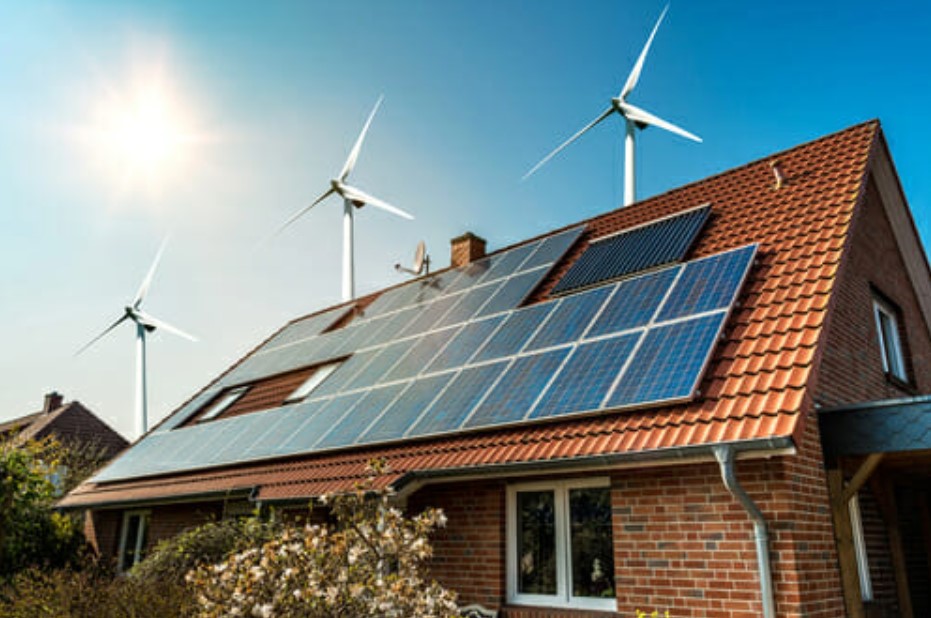Best 6 Energy Sources For Your Home

Using renewable energy sources for your home’s electricity and heating will help you minimize your carbon emissions, make your home more sustainable, and probably lower your energy costs. The benefits are undeniably significant. It would help if you considered checking Britainreviews.co.uk for helpful tips.
Furthermore, renewable energy is the energy of the future, and switching now could mean you’re contributing to an innovative and sustainable energy transition.
What Is Renewable Energy?
Renewable energy is derived from natural sources, including the sun, wind, biomass, and water. These renewable energy sources are also replenished naturally. Online reviews related to small energy suppliers will be helpful in your decision-making.
It’s also known as “green energy” or “clean energy” because, unlike fossil fuels like coal and oil, the method of producing energy from these renewable sources releases no or minimal greenhouse gases. Moving away from these conventional energy sources is crucial in fighting climate change and improving the air we breathe.
1. Solar energy
Solar photovoltaic panels mounted on your roof will help you produce energy for your home using the sun. These panels transform the sun’s rays into energy, which can be used to heat your home and power your electronics.
The panels can produce power at any time during the day, and they don’t need to be sunny to do so, but they do generate more power on sunny days. The electricity generated during daylight hours can be stored in batteries, enabling you to continue to use electricity after the sunsets. As the government’s Smart Export Guarantee, any surplus power you don’t use can be sold into the national electricity grid (SEG).
2. Renewable energy supply
Choosing an energy supply backed by renewable sources is a fast and easy way to make your home greener and more sustainable.
All of the energy we supply to our customers’ homes comes from renewable sources like wind, biomass, and solar2. For an extra £2 a month, we’re now assisting our customers is becoming ever more environmentally conscious with our Go Green gas alternative, which allows you to offset the carbon emitted by the gas you use.
3. Energy from the wind
Wind turbines aren’t just for large wind farms in the middle of nowhere. Smaller wind turbines may be mounted on the building directly or as a free-standing pole for homes. They produce electricity by allowing the wind to turn the blades, which drives the internal turbine and generates electricity. According to research, a turbine could save you about £250 per year in electricity bills while also earning you around £440 in SEG payments.
4. Heat pumps with an air source.
An air-source heat pump is also a renewable energy system that uses heat from the outside air to provide heating and hot water in the same way that a refrigerator does but in the opposite direction.
When opposed to an oil-fired system, this safe and environmentally friendly heating source is practically silent when in operation and can save you up to £360 a year on your heating bill.
5. Biomass energy networks
Biomass heating systems produce heat and hot water by burning organic materials such as wood pellets, chips, or logs. Compared to fossil fuels like oil and coal, this is a lower carbon way of heating since the wood burned in these systems only releases as much carbon as the tree absorbed during its growing months and years. Compared to an old electric heating system, a biomass system will save you up to £700 per year
6. Solar heating
You can also use solar energy all year to provide hot water and food. Solar heating systems make use of solar panels that can be placed on your roof, suspended from a wall, or mounted on a free-standing frame. The energy they produce heats water contained in a hot water cylinder; you’ll need about five square meters of a room that gets direct sunlight for the majority of the day. If you want to use it to heat your home, you’ll need larger panels, which your home’s size will determine.


